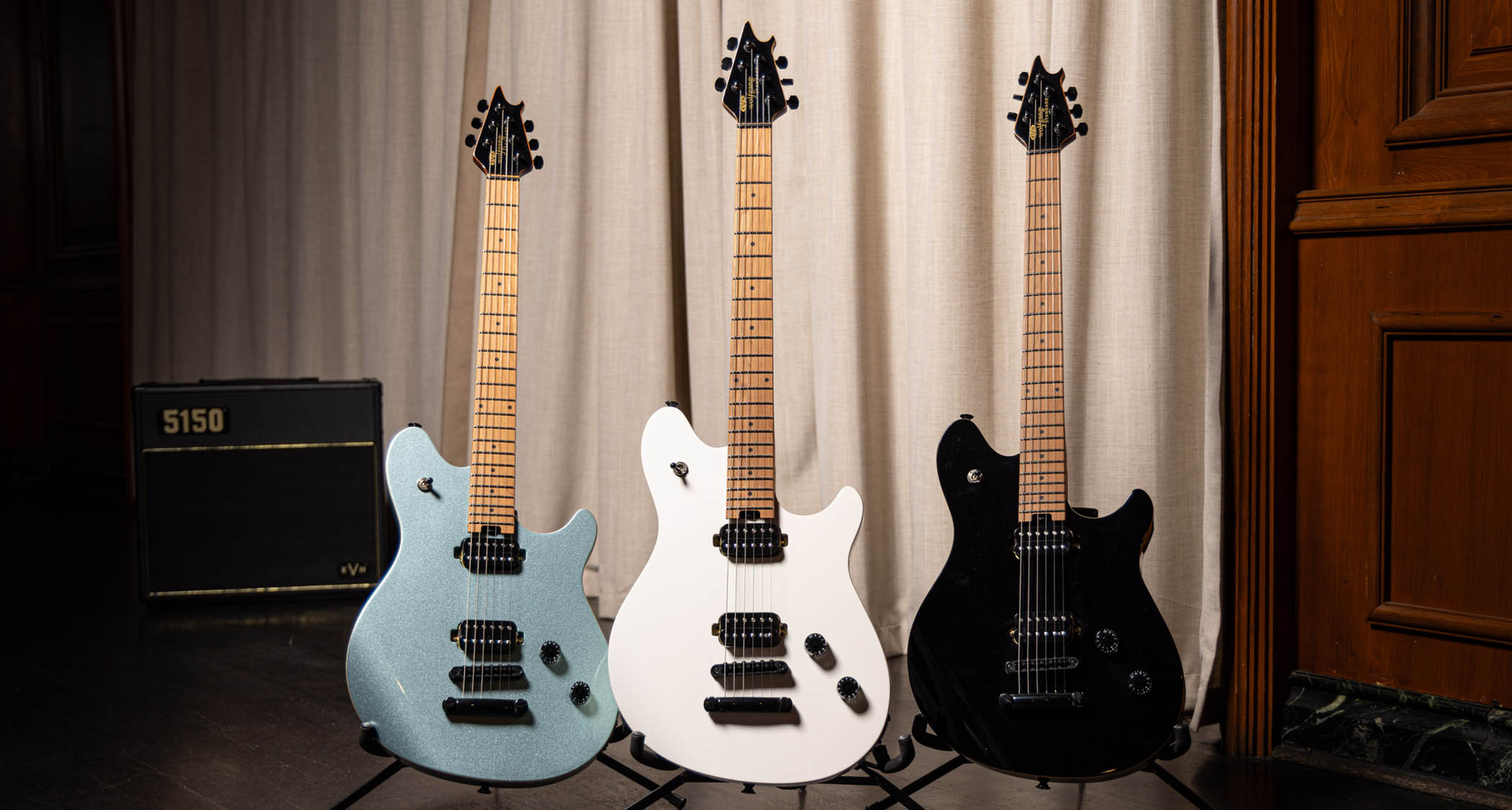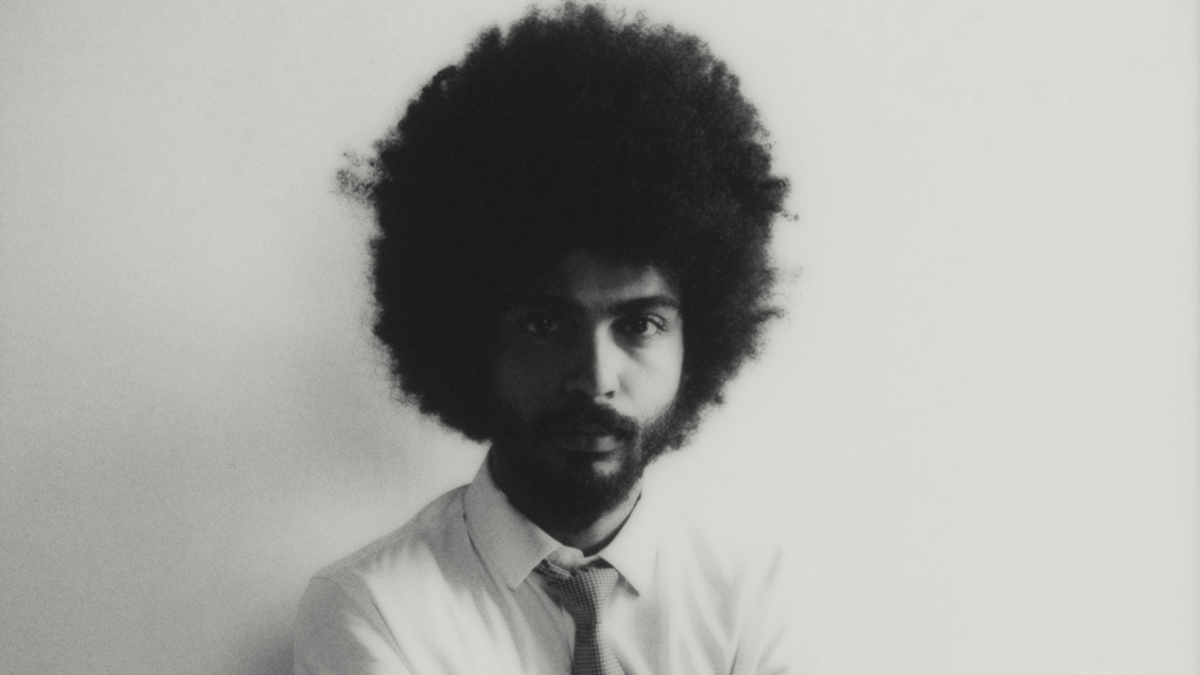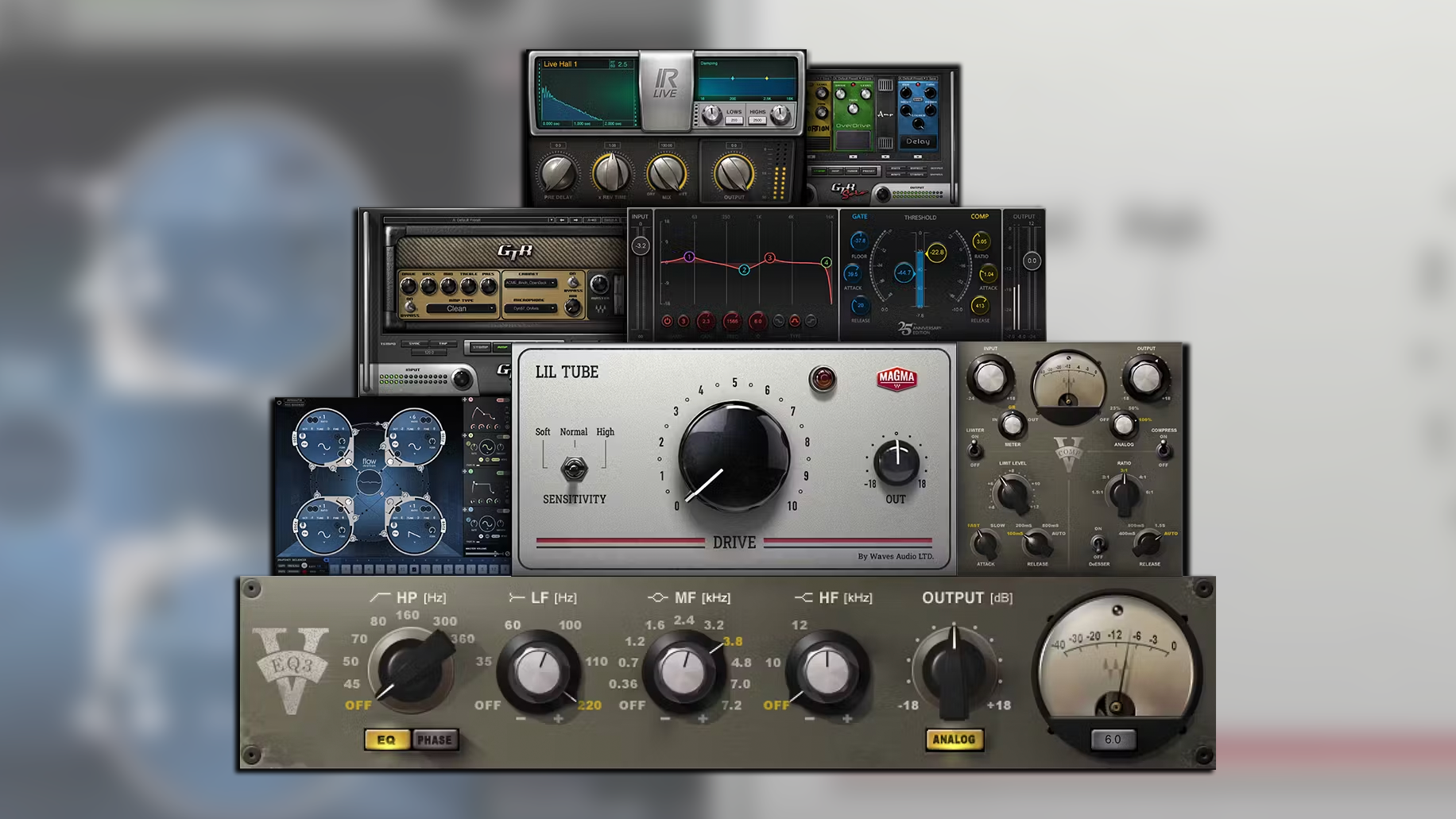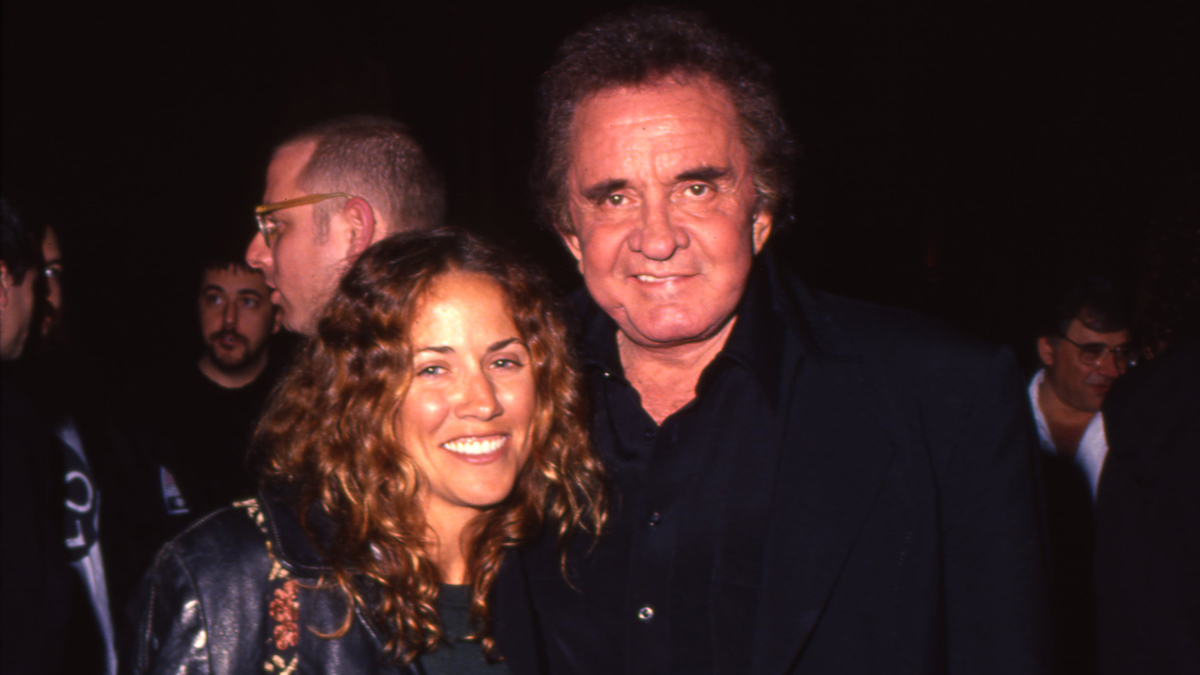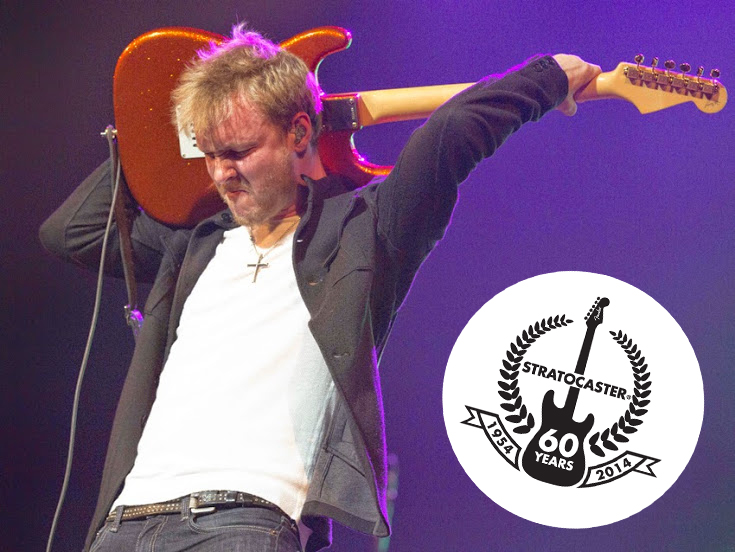
Kenny Wayne Shepherd talks Strats
60 DAYS OF STRAT: Ask blues guitar master Kenny Wayne Shepherd what he likes about Fender Stratocasters, and he'll tell you without a moment's hesitation: "Everything. The design, the sound, the feel – every inch of the guitar is perfect.
"A Stratocaster truly feels like an extension of my body. It’s very comfortable. The contour where your arm rests on it is just right on. Other guitars have sharp edges that can irritate your forearm, but a Strat is nice and smooth where it should be. The pickups and the five-way switch are very versatile. You can get all the sounds you want with a Strat. Everything is in the right place and works beautifully."
As MusicRadar celebrates the 60th anniversary of Leo Fender's enduring classic, we sat down with Shepherd to talk about his lifelong passion for what he calls "the ultimate instrument."
How old were you when you knew you wanted a Strat?
“I knew I wanted a Strat when I was five years old. There was something about the shape of it, the look of it and, of course, the sound. Really, from the time when I started looking at pictures of guitar players, that Strat stood out: ‘That’s the guitar I want.’”
“I’m a car guy. I love beautifully designed car. To me, the same aesthetics that are important with automobiles extend to guitars. You look at a Stratocaster, and there’s not a wrong inch on it. Plus, so many of my heroes played Strats. From Hendrix to Stevie Ray Vaughan – the list goes on and on. They all played Strats.”
You were so young. Did you see the guitar on album covers or in magazines? Most little kids don’t usually pick up on that stuff so soon.
“Well, you know, I’ve always been a blues guy, so I’d see photographs of Buddy Guy playing a sunburst Stratocaster, and there'd be Jimi Hendrix photos – for some reason, the Hendrix pictures stood out the most. Jimi had such an incredible persona. His outfits, his hair, his stage presence – whether it was on film or in photos, he made a strong impression. I’d be in my bedroom making believe I was Jimi, and pretty soon I wanted to play the same guitar.
“There’s so many others, too: Buddy Holly, Jeff Beck, Clapton, Johnny ‘Guitar’ Watson in his early days – they were all playing Strats.”
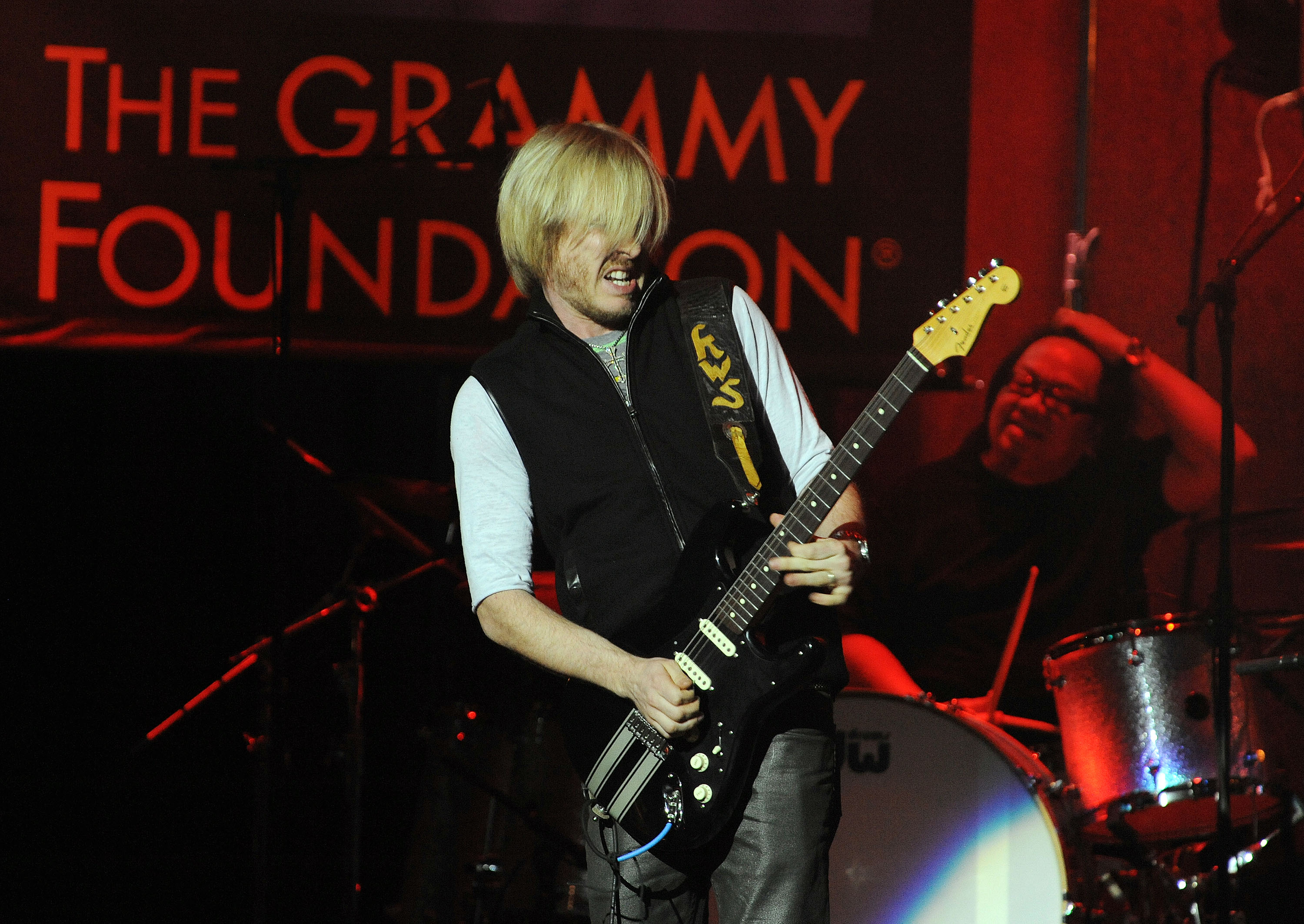
On his first Strat
Photo: Shepherd on stage in 2009 playing one of his signature Strats with racing stripes.
When did you finally get your first Strat? How old were you?
“I was 12 years old. Until then, I’d had a cheap Yamaha. It had a similar shape of a Stratocaster, but obviously it wasn’t the same thing. My parents didn’t know when they bought it for me how serious I was gonna be on the guitar, so they didn’t splurge at first. I begged and begged and begged, and finally my dad got me the Strat.
“It was American-made, candy apple red. I had my choice of that one and one that was made in Japan. The American Strat had a Floyd Rose setup on it, and the other guitar had the standard tremolo system that Fender is known for. At the time, I’d never seen a Floyd Rose before, so I was like, ‘Wow! What is this thing?’ In retrospect, I would have preferred a different tremolo system, but I was very, very happy to just have my first real Strat. I played the crap out of that guitar. That thing was always in my hands.
“And I got it signed by Stevie Ray Vaughan, too. It was the last time that I met him face to face. We had gone to a free outdoor concert that he and the band were doing – I think they were opening up for The Who later on that night, but they decided to do this free show in the afternoon. I got to watch Stevie play from the side of the stage, just like I did the first time I saw him when I was seven years old. After the show, I got to go backstage to say hello, and that’s when he autographed my guitar.
“It was still my only Strat, so I played it and played it and played it, even after he passed away. I wore a lot of the signature off by playing it so much; before it totally got worn off, I stopped playing it. I ended up getting another Strat – and another Strat and another Strat. [Laughs] I was able to retire the first one.”
On the other Strats, you went for the Fender trem system?
“Yeah, I’ve never had anything else since then. The next guitar I got was a Stevie Ray Vaughan Signature Series. That’s the guitar I used on most of my first album, Ledbetter Heights. So I had that guitar before I signed my record deal; after I got my deal, as a signing bonus, I went out and bought a Custom Shop Stratocaster and a 1954 Custom Shop Strat. The ‘54 has a really nice maple neck and a see-thru kind of blonde finish, almost like a Mary Kay Stratocaster. Oh, and I bought my first car, too. [Laughs]
“The ’54 is signed by Bo Diddley and Jimmie Ray Vaughan. Right around this time, at the age of 16, I was signed as a Fender artist, and that began a long list of collaborations between me and Jay Black and the dudes in the Custom Shop in the ‘90s. Jay retired, but I’m still with Fender.”
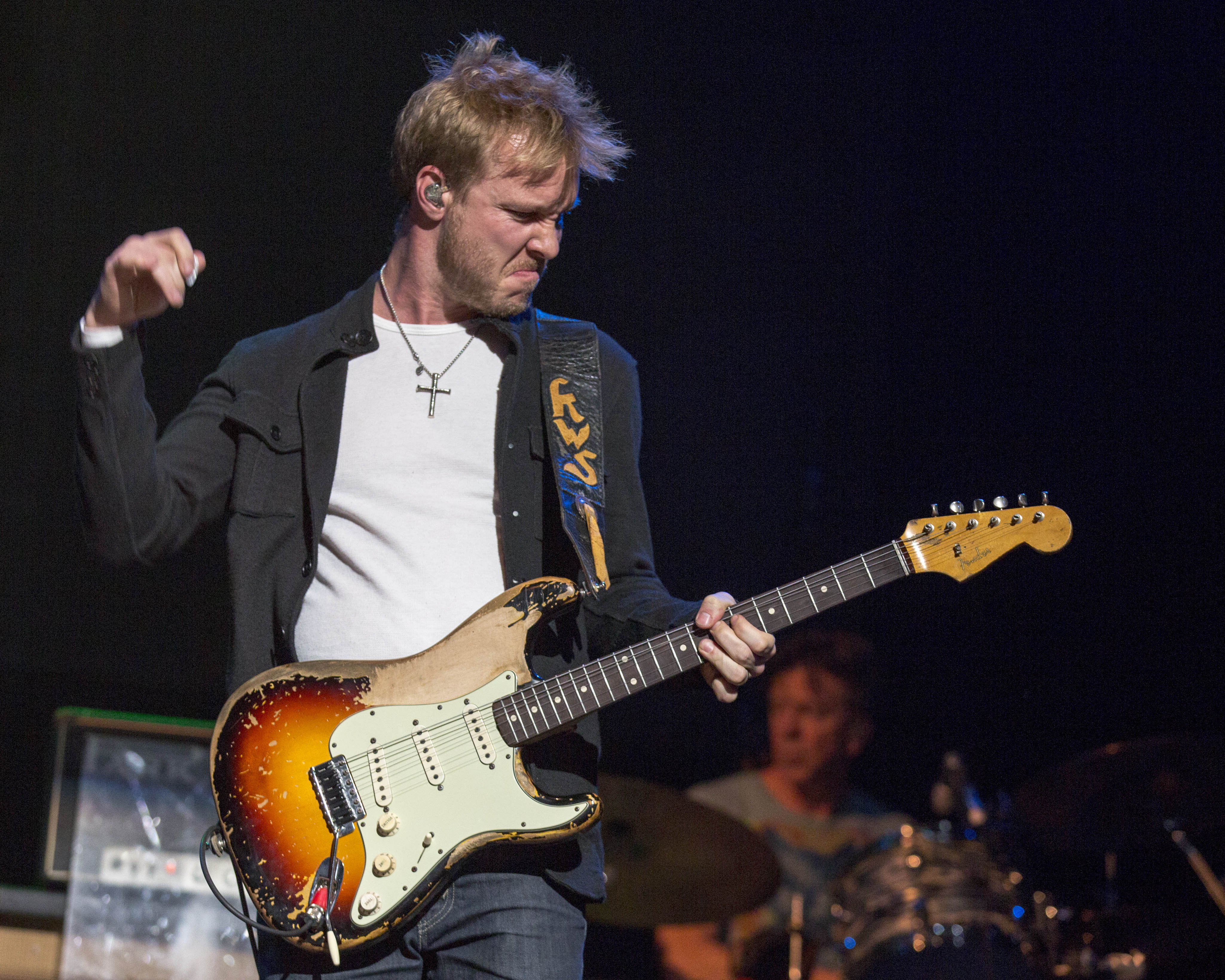
His '61 Strat
As it is with cars, people are always on the lookout for the guitar of their dreams – “the holy grail of guitars.” Have you found anything that comes close?
“Well, that moment came for me when I found my ’61 Strat. The first time I came out to Los Angeles, the first thing I did was go to the Guitar Center. It was like a really big deal. I walked into the vintage room and saw this one guitar – out of everything else, it stood out. I was drawn to it, I picked it up, and right away it was like the ever-elusive instrument. It was like the Sword and the Stone, almost [laughs] – you’re the only guy who can pull the thing out.
“That guitar played like no other. From the first moment, it fit my hand like a glove. And it sounded incredible – it had everything. The unfortunate thing was, I didn’t have any money at the time, so I had to walk away from it. I never forgot about it, though. A year later, maybe more, I went out to LA, and the first thing I did again was go to the Guitar Center. The guitar was still there. I picked it up and started playing it to make sure it was the same guitar – and it was. My dad was there, one of my attorneys was there, and so was one of my A&R guys from the label. My dad was like, ‘We’ve gotta go. We’re gonna be late for soundcheck.’ But I just said, ‘I’m not leaving without this guitar.’
“I still didn’t have the money for it, but the three of them discussed it amongst themselves, and they decided to split the guitar on their credit cards under the condition that I would pay them back. That’s what happened. I got the guitar, I paid them back, and it’s been mine ever since.”
Do you mind saying how much it was?
“I think at the time it was a little over $7,000. It wasn’t cheap. Even back then, vintage guitars were commanding pretty hefty prices. That was in the ‘90s – today, the same Strat would go for 25 grand or more. But that was money well spent. The guitar’s been my soul mate. It’s been all over the world with me many times over, and it’s been on every record that I’ve made since the day I got it. It’s helped me to become the musician that I am and to have the career that I have.”
Did you leave it as is? Did you do any mods to it?
“I didn’t do anything to it. No, wait – I put graphite saddles on it. That’s it. Original pickups. It’s been refretted once, but I think it was refretted when I got it. It had jumbo frets, which is exactly what I like. I played it like crazy and wore those frets out, so we refretted it one more time.
“My signature Strat is loosely based on that one – loosely. The profile of the neck is similar, but the signature Strat has a bit of a thicker neck than the ’61. And it has a 12-inch radius, which is flatter; it allows you to play a little faster if you want. Vintage Strats didn’t have 12-inch radiuses. Pretty much everything else is similar to the ’61.”
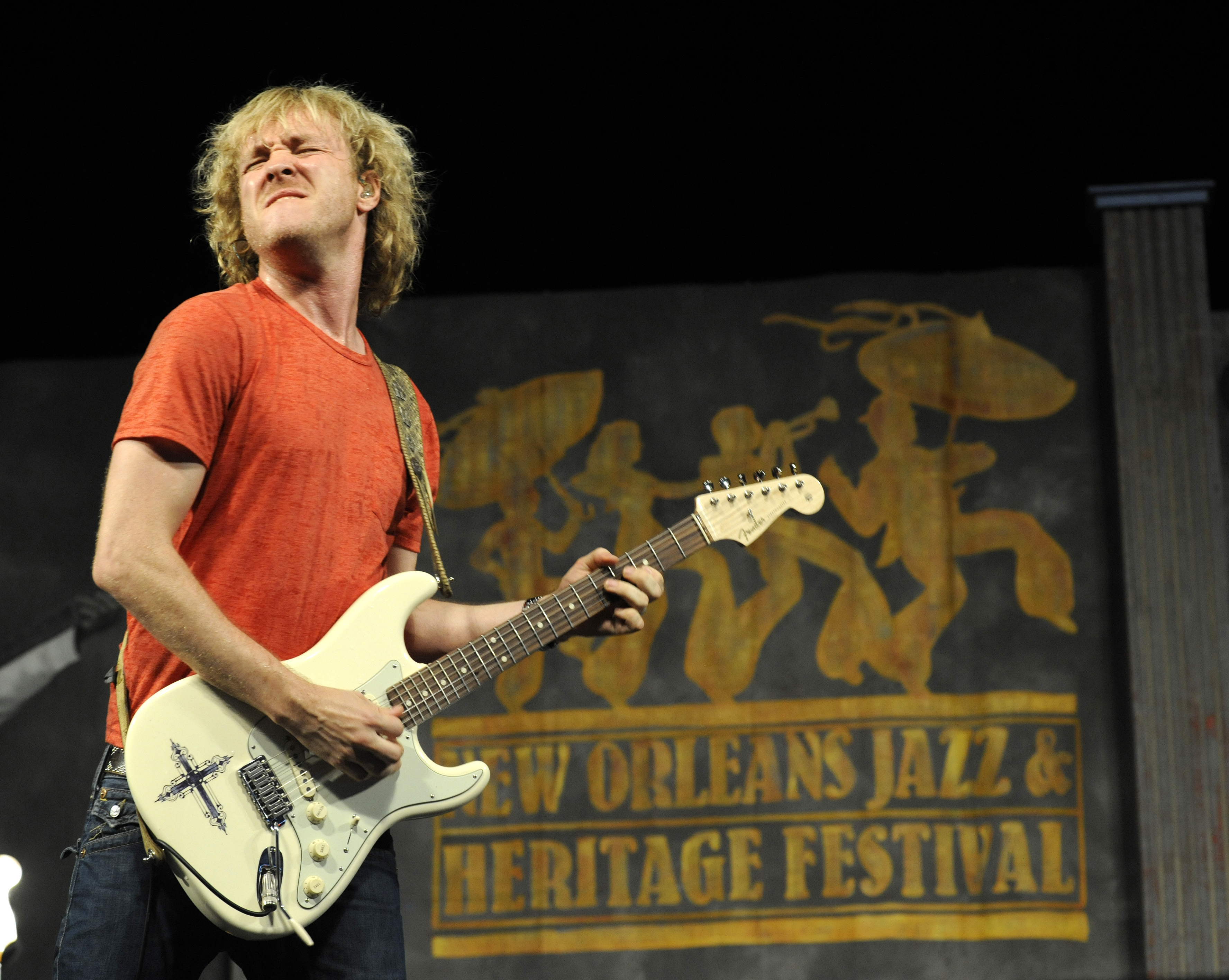
On collecting guitars
Photo: Playing the 2010 New Orleans Jazz & Heritage Festival in New Orleans with a Kenny Wayne Shepherd Signature Strat prototype.
Have you walked into other guitars stores and been knocked out by anything else in the same way?
“Yeah, it’s happened a few times. When I was on tour with Van Halen, I had an autograph signing at the Guitar Center in Houston. I was in the store, and I turned around and saw this ’58 Strat on the wall. It was a hard tail with a maple neck – I’d never owned a hard tail Strat before. I picked it up, and man, this guitar was in mint condition. I bought it on the spot. Since then, I bought a ’59 Strat that’s almost the sister to this guitar. It’s basically the same guitar, just a year later.
“The hard tail guitars are interesting: They stay in tune, and they kind of ring and resonate in a different way than Strats with tremolo systems. With the strings being routed through the body, there’s a more natural response through the wood.”
How many Strats do you think you own altogether?
“I don’t know. [Laughs] I never sat down and counted them. I like having guitars, and I actually think I have more than I realize. But I don’t consider myself a collector or an instrument hoarder. Everything that I have gets put to use. When I buy an instrument, it’s because I think it can serve a purpose. I don’t look at guitars as investments because I’ll never sell them. I’ve never sold anything, from the crappy little battery-powered Peavey amplifier that was my first amp to any of the pedals I’ve ever bought or been given. To me, guitars aren’t investments as in money; they’re investments in tone."
Last year you worked with Stephen Stills in The Rides. Did he try out any of your Strats – or vice-versa?
“Oh, yeah, of course. He’s got a tremendous guitar collection. He’s got a couple of ’54 Strats that are just amazing. To some people, the first year of production for Strats is like the holy grail. Stephen plays two of them on the road. All the stuff that people pay tons of money for, he’s got it.
“But he liked my guitars – he checked ‘em out. Fender made two models for us with a new design, where the fretboard is inlaid into the neck rather than just glued on top. They gave me a prototype to try out, but I let Stephen try it out and he didn’t want to give it back. [Laughs] So Fender decided to let him keep it, and they ended up making another one for me.
“I had the Custom Shop make a Strat for me last Septmeber for the tour. It was kind of an orange sparkle – pretty flashy. At first, Stephen was giving me crap about how flashy the guitar was, but two days later he said, ‘Do you think they can make one of those guitars for me?’” [Laughs]
Joe is a freelance journalist who has, over the past few decades, interviewed hundreds of guitarists for Guitar World, Guitar Player, MusicRadar and Classic Rock. He is also a former editor of Guitar World, contributing writer for Guitar Aficionado and VP of A&R for Island Records. He’s an enthusiastic guitarist, but he’s nowhere near the likes of the people he interviews. Surprisingly, his skills are more suited to the drums. If you need a drummer for your Beatles tribute band, look him up.

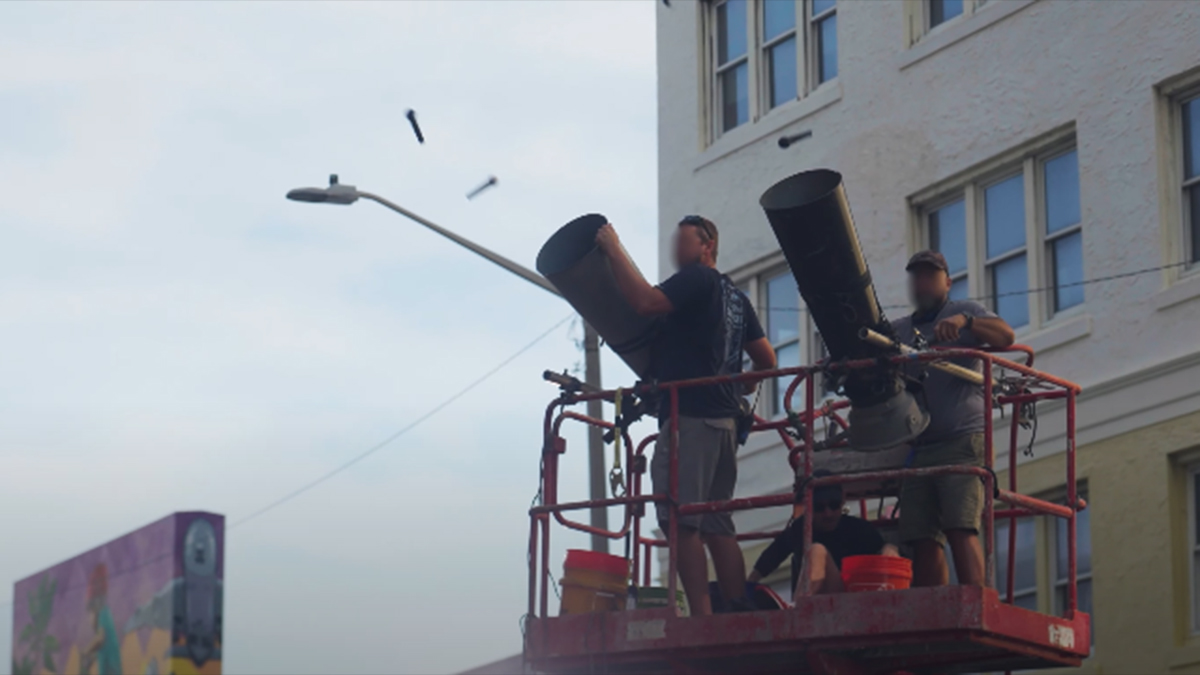
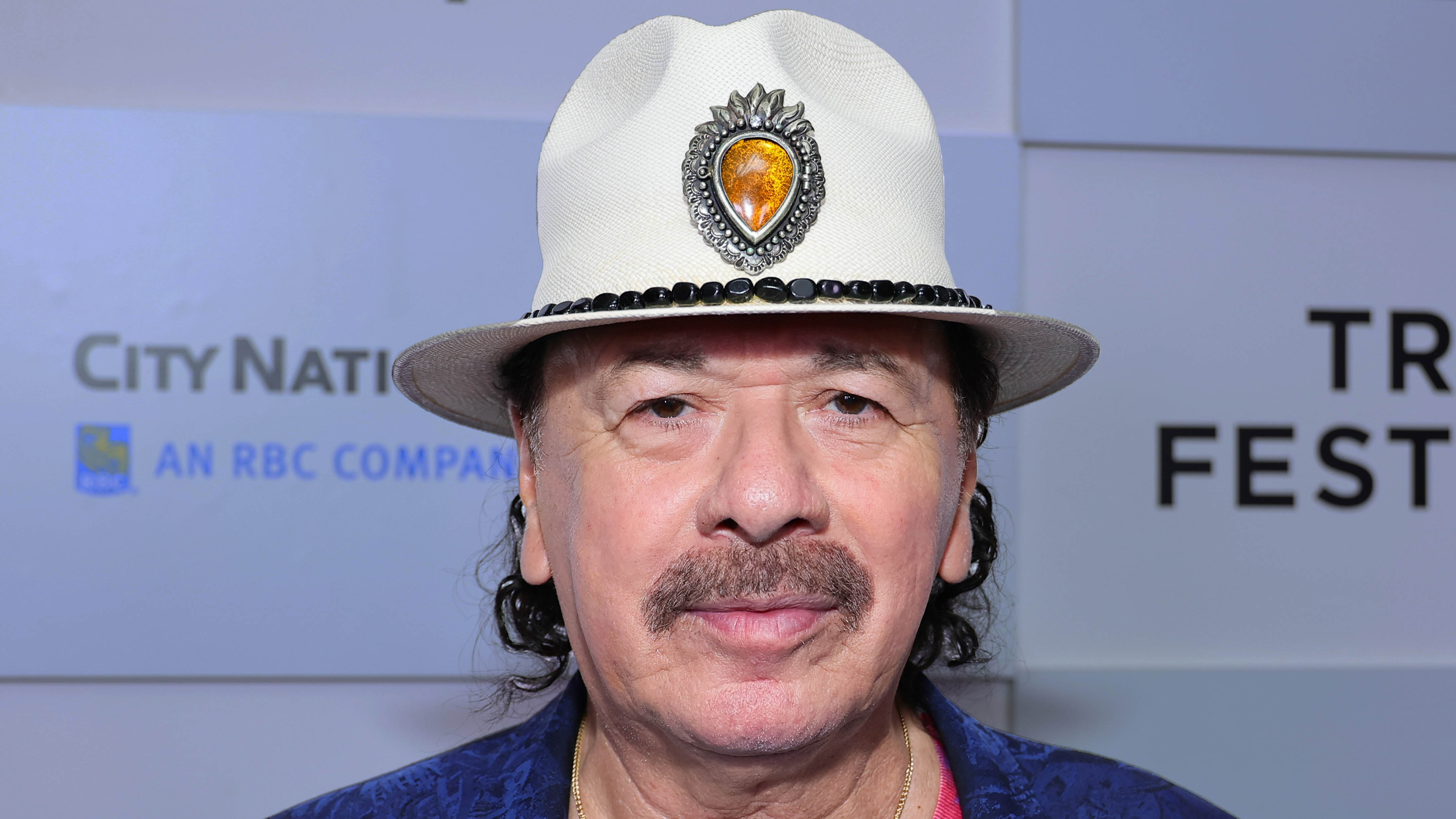
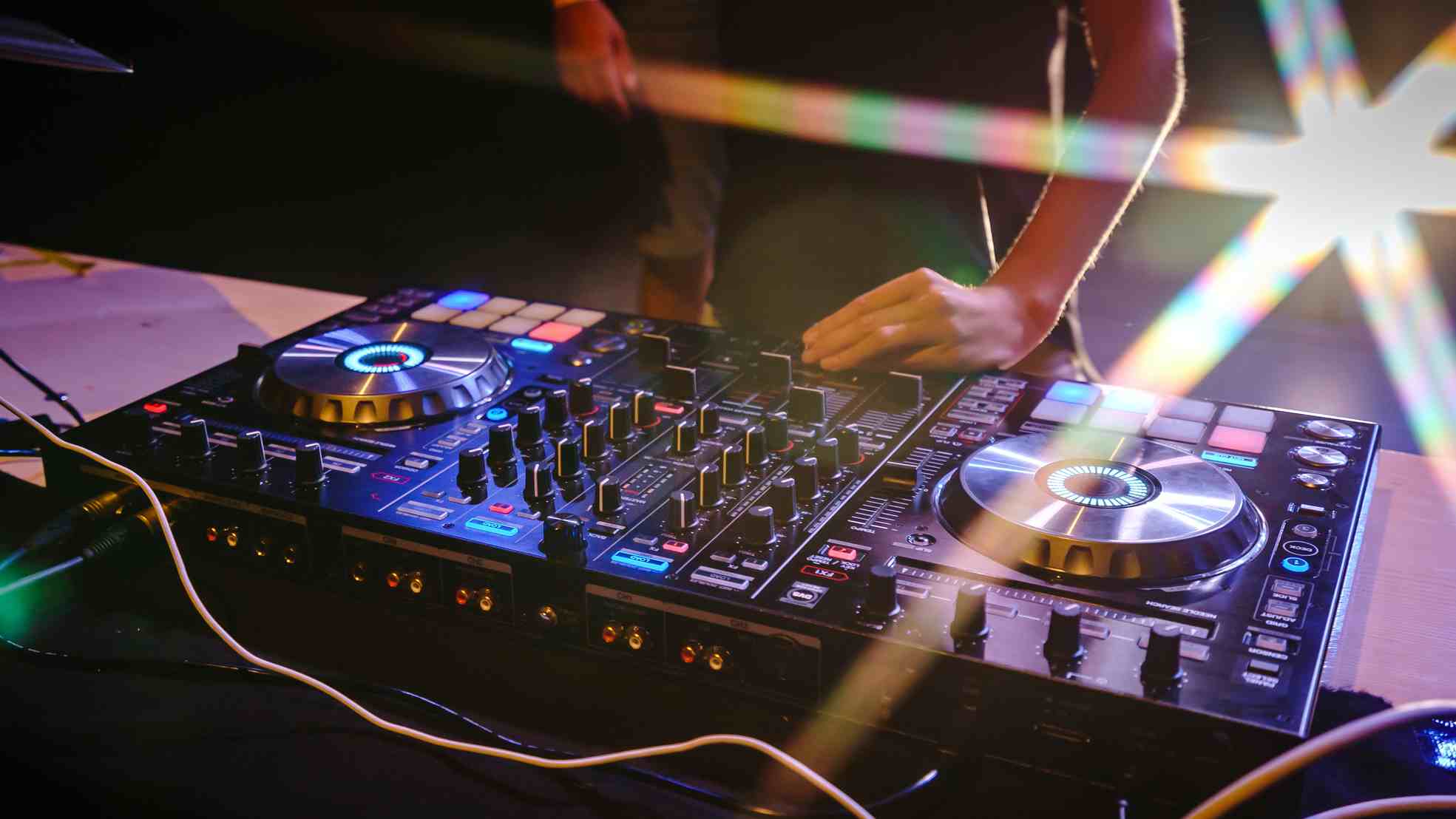
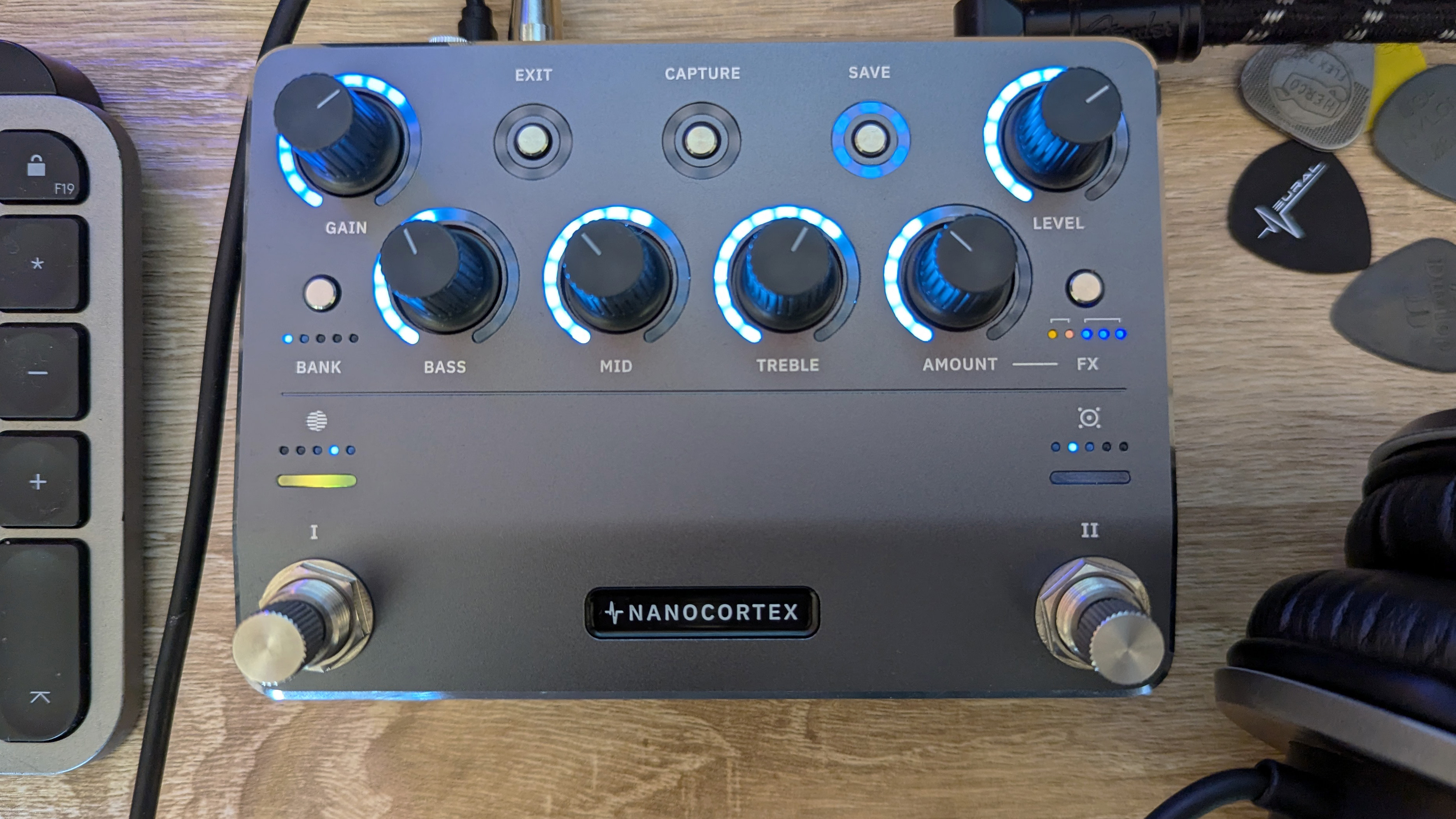
![Gretsch Limited Edition Paisley Penguin [left] and Honey Dipper Resonator: the Penguin dresses the famous singlecut in gold sparkle with a Paisley Pattern graphic, while the 99 per cent aluminium Honey Dipper makes a welcome return to the lineup.](https://cdn.mos.cms.futurecdn.net/BgZycMYFMAgTErT4DdsgbG.jpg)
